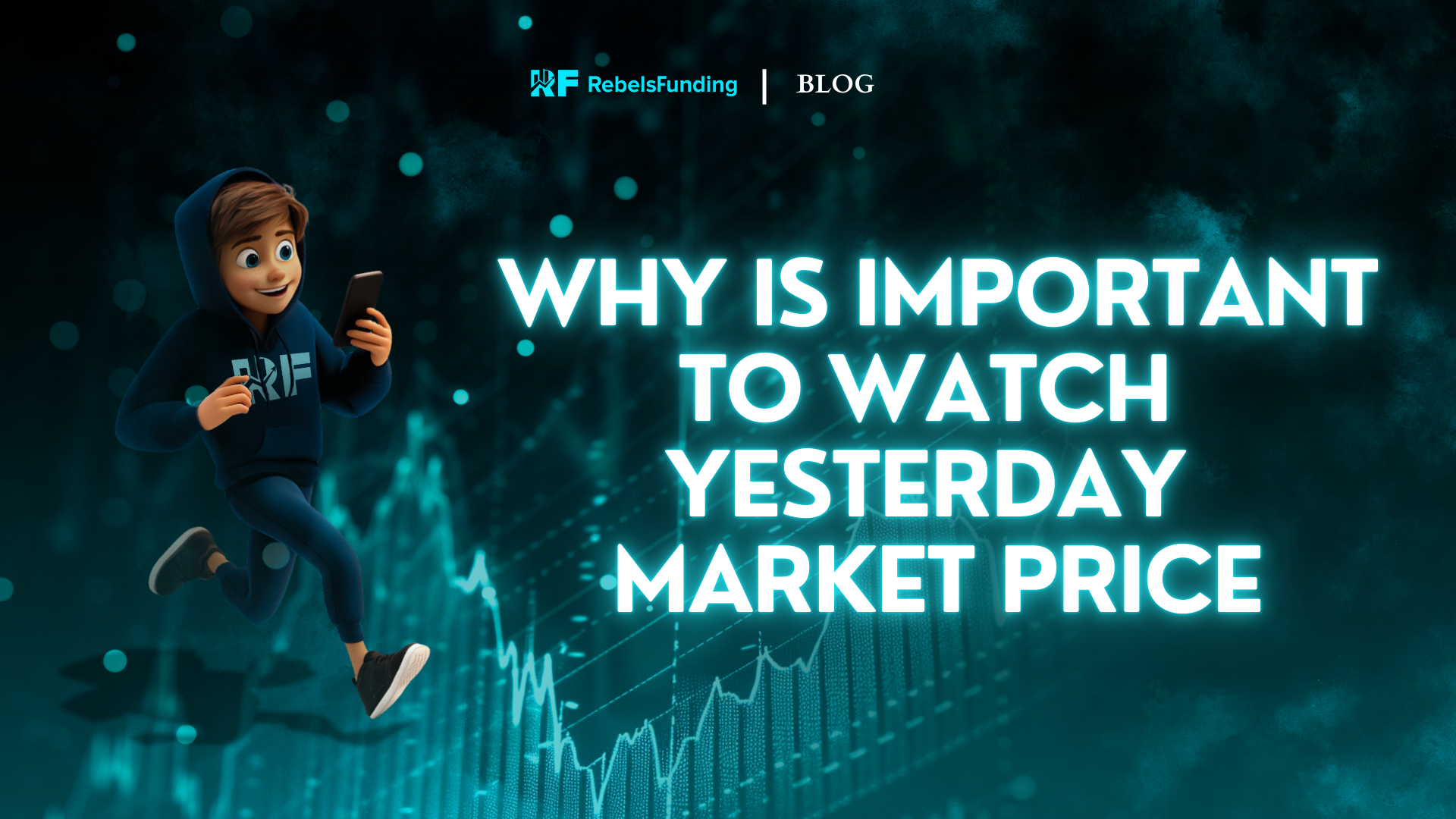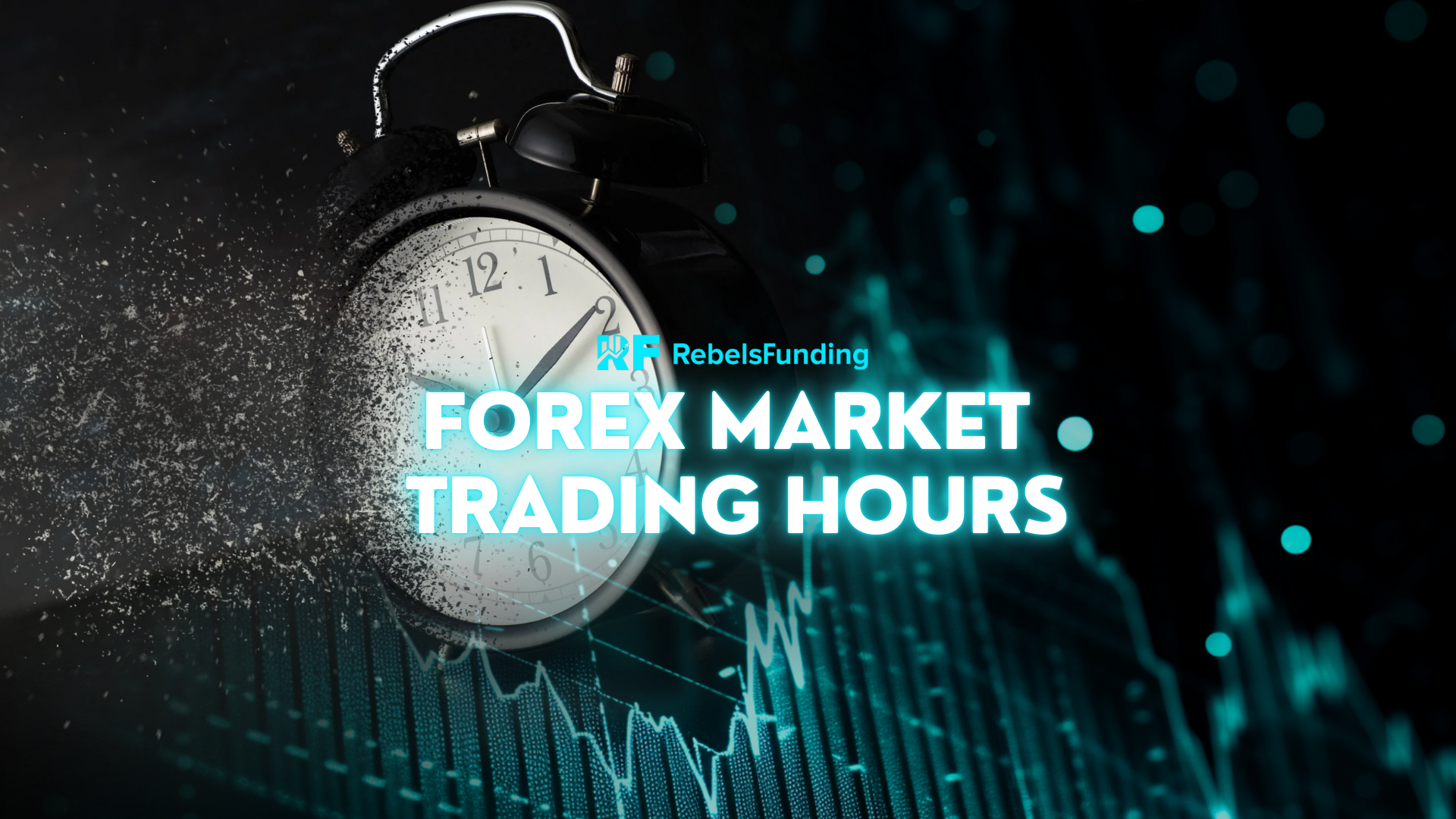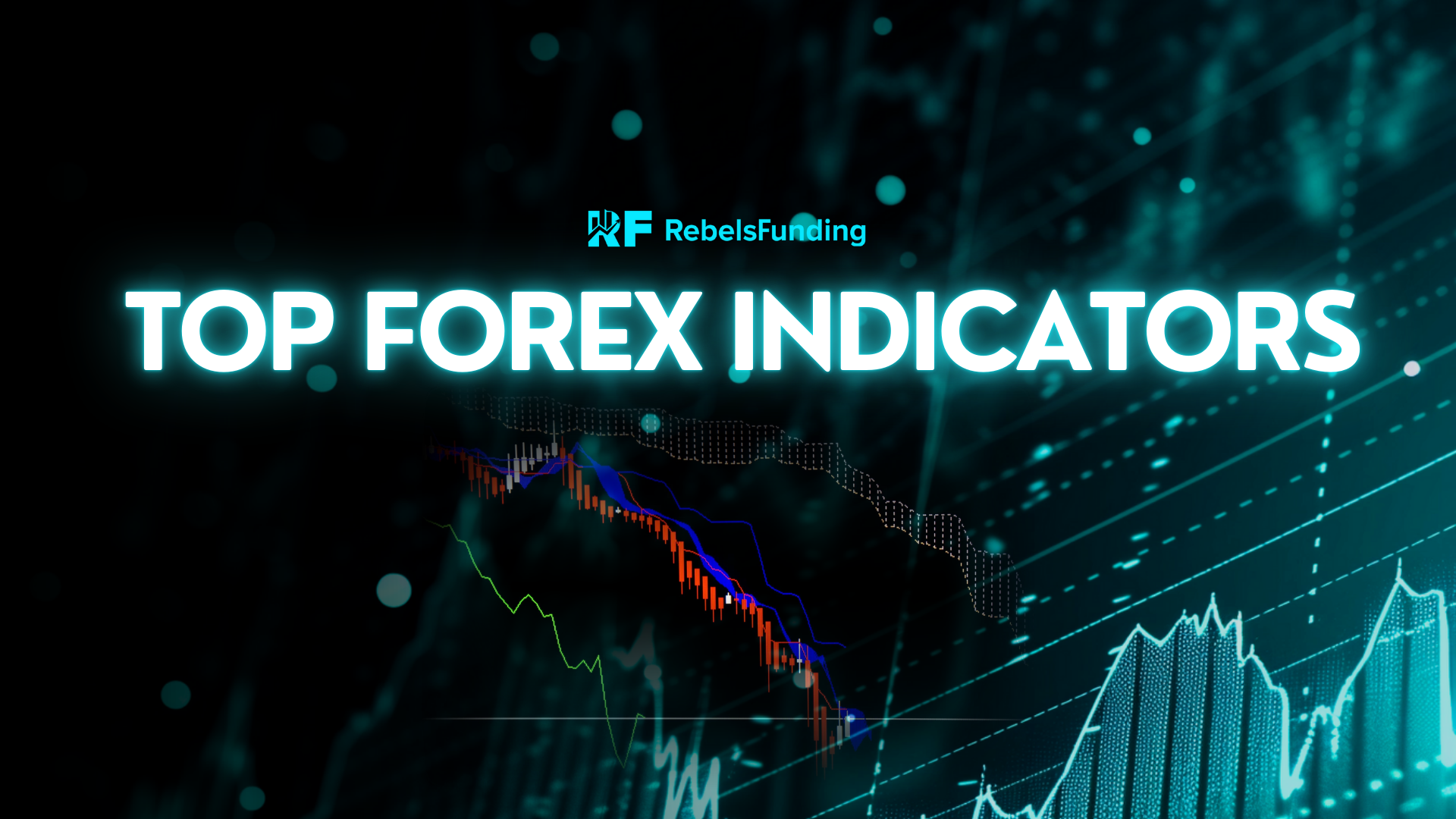How much money is it possible to make in Forex? And how much do traders actually earn?
Forex, as the world’s largest market, attracts traders with its volume, accessibility, and potential for profit. So, let’s take a look at how much a trader can earn here. First, we’ll examine some theory, then the reality, and finally, how to make it as effective as possible. This article is mainly for beginners who haven’t fully grasped Forex mathematics yet.
So, how many millions can we earn in Forex?
THEORY:
The answer is very simple and complex at the same time – it’s all in our hands and depends on 5 main factors. Let’s break it down:
- Real trading (system) success rate.
- Average trade risk.
- Trading frequency.
- Number of withdrawals.
- Size of trading capital.
- First and foremost, I need to know the real success rate of my system(s), which I can calculate as follows:
U= [1+ (Z/S)] x P – 1
Where:
Z the average profit size
S the average loss size
P the win rate / 100
Real win rate * trading frequency * risk per trade
Example: The average loss per unsuccessful trade was 250 eur, profit per successful trade was 300 eur and the win rate was 70%.
U= [1+ (300/250)] * 0.7 – 1
U=(1+1,2) * 0,7-1
U=2,2 *0,7-1
U=1,54-1
U=0,54 % = 54 %
So, this strategy has a real success rate of 54%, which means that the strategy will generate a return of 54 euros for every 100 euros at risk, which is very positive.
Let’s continue!
How do we determine our annual return? Very simply.
Real success rate * trading frequency * risk per trade
Example:
Real success rate = 54% = 0.54
Frequency = 100 trades per year
Risk per trade = 200 euros
0.54 x 100 x 200 = 10,800 euros. If we want it in percentage terms, we divide it by the size of the capital and multiply by 100.
2. The average risk per trade is something that will be different for everyone and is one of the fundamental factors determining how much you can ultimately earn. Everyone has their own risk threshold somewhere, so we can move in a range from 0.1% to even 20% per trade. Since we are in the theoretical part, let’s stick to the classic rule of 2% of capital per trade.
If your capital is 10,000 euros and your risk is 200 euros, with a real success rate of 20% per year, you can earn 4,000 euros.
If your risk per trade is 400 euros, you can earn 8,000 euros per year.
If your risk per trade is 1,000 euros, you can earn 20,000 euros.
If you go too far, you can go bankrupt before the year is over and you will never make a profit. This is one of the main problems: I have a small amount of capital, I want to make millions quickly, I take a lot of risks, I go bankrupt, I have to work hard for a year to save something, or I take out a loan and repeat the cycle… And this huge problem is solved by our training programs and financed RCF accounts in a prop trading firm. It is a simple and most accessible way to get a large capital and take the least amount of risk!
3. The frequency of trades is another crucial factor that determines the overall profit. If we have a system with a beautiful success rate of 70% with a positive RRR of 1:4 and we only have 3 such trades per year, we won’t make much profit, will we? Therefore, the frequency is another factor, and theoretically, the more trades you make, the more you will earn. However, more trades with a high success rate are a problem, and we return to the level of risk size, and there are still so many other factors…
4. How much money you withdraw from the account is another strong factor. If you decide to use all the profits as trading capital (reinvest), and not spend it on your life, you can theoretically earn even more.
If you have an average return of 20% per year, with a 10,000 euro account, you can earn 154,000 euros over 15 years.
However, if you regularly spend 50%, you will only earn 41,000 eur in fifteen years.
And that is a big difference, so a very significant factor of long-term profit is also whether you need money for life or if it’s all just your investment that you don’t withdraw.
5. The size of the capital allocated for trading is one of the most important factors determining how much you can earn in the market.
If you have a capital of €10,000 and an average annual profit of 20%, then:
With an account size of € 10,000, your profit will be € 2,000 per year.
With an account size of €100,000 your profit will be €20,000 per year
With an account size is €10,000,000, your profit will be €2,000,000 year.
You are still trading the same way, but you can see how big the profit can be.
So, what is the answer to the question of how much you can earn on Forex? And the answer is very simple:
Real success rate * trading frequency * trade risk
Enough theory, let’s now look at the practical part, how much do Forex traders actually earn? We will use the 5 basic points outlined above as a basis.
- Real trading (system) success rate
Achieving a real trading success rate in practice at the level you may have tested in the past will be almost unrealistic as factors such as: I was not at home, I missed it by one pip, I got a worse price, the market changed, I made a mistake, etc. will come into play. So, if you are not basing it on your real trades, the reality will be very different. If you are already basing it on your real trades, it will still change over time, and the only real precise number you will get will be after those 15 years. But at least you have some idea, and that counts.
2. Average trade risk
Again, in practice, we can get into different situations, at the beginning, you can set a clear trade risk and clear management that will determine how much you invest, whether you reinvest, etc. (there are really many options). As time passes, however, everything will gradually change and adjust, the average is a very weak value, and the average appreciation of, for example, 20% per year or the average number of trades can look completely different in practice than in tables. You can have a year where you earn 60%, and your management talks about reinvestment, meaning that your trading volume will increase by 60%, but the following year you can achieve a 20% loss, which you achieved with a larger volume that subsequently decreased again. Therefore, calculating some average risk ahead of time can be quite complicated and unrealistic in different situations. But again, you will have some idea, and that counts.
3. Trading frequency
Calculating the average trading frequency can be the most relevant number of all, but there will also be days, months, or years (depending on the trading style) that will have far fewer trades than others. In practice, we will encounter another problem, which is that you may think that higher frequency means more profits, and you may push for more trades. However, in reality, the more trades you make, the lower the actual success rate will be, because other factors come into play, such as more trades = more mistakes, more trades = lower quality (less advantage in the market), more trades = more markets = again, more mistakes, less concentration, less knowledge of the market = lower profitability or even losses, etc. Therefore, if you have not gone through this process or if someone has not directed you firmly, you can lose profits through this approach. However, the good news is that if you are aware of all these factors, then it’s okay, and this can be one of the most relevant numbers that you can calculate in trading, and you can arrange your trading time according to this, which is very significant.
4. Withdrawal Amount
Regarding this, I don’t think much needs to be written. At the beginning, for example, you may set a goal to withdraw 50% of the profits, and initially, that’s what you’ll do. Later, however, situations will arise where you need capital, so you will withdraw more, or conversely, you will not need to withdraw anything at all, and you will decide to reinvest, which will completely change any previously calculated number.
5. Amount of capital allocated for trading
The alpha and omega of a business in which your task is to multiply capital – at the beginning, you start from a certain life situation, and it can be 10,000 euros or 10-20 times that using our prop accounts, and this can create a huge difference. However, everything will change later, and you will be forced to use less capital or vice versa, which will again completely disrupt any previously calculated numbers. However, the size of the capital is also associated with other problems, and the main problem is that most people do not have sufficient capital for what they want to do, so they push too hard, take too many risks, and get into more trouble than necessary because they want to make a lot out of nothing, disregarding everything else. Most people in the market suffer from this. However, don’t think that if you have 10 million, you will somehow be better off. In theory, yes, but in practice, definitely not.
- If you have not achieved that capital through trading or another similarly strenuous activity and do not have sufficient experience with risk management, then losing 10 million is much easier than 10k, and digging yourself out of that will be much more demanding than recovering from a ten thousand loss. From this perspective, not risking your own capital appears to be the best possible solution that a trader can make today.
- The theory says: the same system – greater risk, greater profit – the same success rate. However, practice shows that the larger the volume, the worse the results, because it is natural, the psychological part is one reason and the market is another reason, although you may think that trillions are being traded there (which they are) but the reality is that the larger you are the harder it will be and you will have to adapt a lot technically to compensate for the disadvantage of a large volume.
So, what is the practical answer to the question of how much traders actually earn?
Real success rate * trading frequency * risk per trade
The answer to the question is very difficult, but this simple formula will give you some idea of what is realistic and what is completely out of reach!
And now let’s take a rebellious look at it.
- First, you will lose, depending on where you are at, it can take months or years.
- Later, you will be back to zero again, depending on where you learn, it can take months or years.
- Then you will earn enough to cover your living expenses, and again it can take months or years.
- And finally, you will earn as much as you imagine, and you will believe that you can earn more and more if you are already sufficiently conscious and experienced, you can stay in this state for a long time, if not, greed will consume you and you will start again at point 1.
For each person, the numbers will be different, as we discussed above. However, if you don’t have huge capital to trade without leverage (which would be a better choice in that case), your goal must be to make the largest profits with the smallest deposit held with brokers. If you do it right, the profits can be thousands and thousands of percent compared to the accounts on which you deposit only the minimum. If you don’t understand that as an individual who doesn’t manage investment capital, you must rely on the advantages and flexibility that you can’t find elsewhere and don’t start using them, then the disadvantages that you have as a retail trader will eat you alive. You’ll only support brokers and deprive yourself of money that you could use in a completely different way for the rest of your life or trading career. Another option if you have a small capital is to go through prop firms, multiply your real deposits, and take advantage of the benefits of this trading method. We offer you the widest portfolio of training programs from which you can choose and participate in trading on funded accounts.




